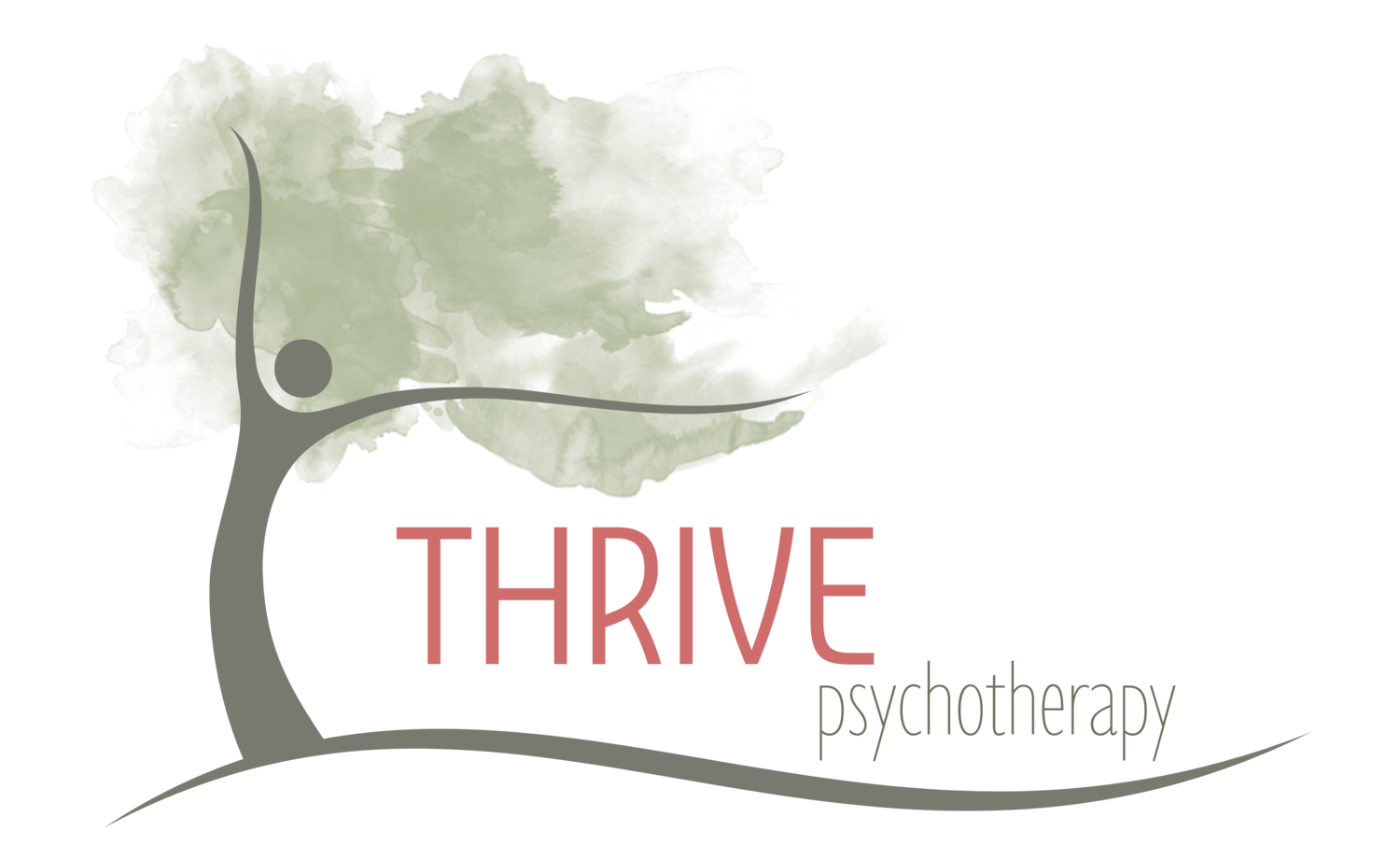Mindfulness: An Introduction
First, an exercise:
Start by placing yourself in a quiet space, as free from distractions as possible. Turn off your phone and make sure you have at least 20 minutes to yourself. Sit in a comfortable position with your spine straight. Take several deep breaths. Try to make each inhale and each exhale last at least six seconds.After several slow breaths, allow your breathing to happen naturally. Bring your focus to your breath. Tune your mind into your breathing and follow it. Notice the feeling of the air as it enters your nasal passages and travels down the back of your throat. Notice the feeling in your chest and belly as they expand to accommodate the fresh air. As you exhale, notice the sensation in your body as it lets the air go. Notice the difference in temperature as the air exits your throat and nose as compared to your next inhale. Follow each breath with awareness and curiosity as if each breath is the first that you've taken.
When you find your mind wondering to thoughts, emotions, urges, just notice that your mind has wondered and redirect yourself to following your breath. This may happen many, many times over the course of the exercise. Distraction is natural and there is no need to judge yourself or your ability to focus. Treat yourself with kindness while you embark on this new practice.
Follow your breath for as long as feels right to you. When you are ready to conclude your practice, take several more slow, deep breaths. Take a moment to acknowledge yourself and the challenging and important practice that you have just undertaken.
Mindfulness is a little like meditation and has three main components: (1) focused attention (2) in the present moment (3) that is free from judgment. In practice, it looks like the above exercise. Mindfulness involves committing our attention totally to one experience as it happens and almost any activity can be done mindfully (walking, eating, dancing, worrying, conversing, etc.).
In the course of daily life, we tend to spend little time in the present. So often we are thinking about the past or the future and that distracts us from what is happening all around us. How many times have you read something, gotten to the end, and realized that you had no idea what you just read and had to go back and read it all over again? What about when you tune back-in in the middle of driving (or a conversation, for that matter) and you don't know how you got there? We all go on autopilot. Mindfulness takes us off autopilot and allows us to re-engage with our lives.
Mindfulness is a challenging practice. Like strengthening any muscle, the brain does not improve its ability to focus quickly. But as we train our minds to be more attentive, we can appreciate more the details of our lives leading us to greater compassion and gratitude.

